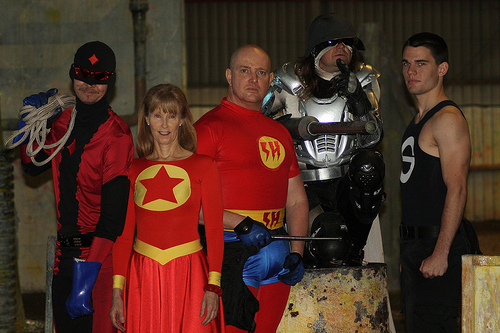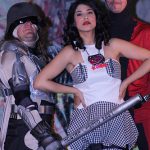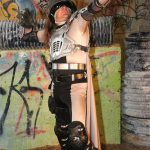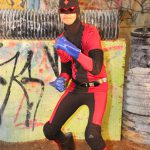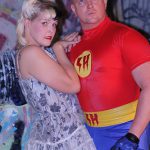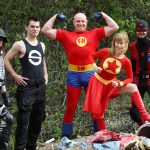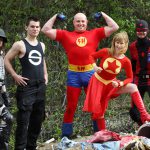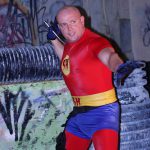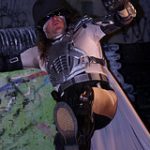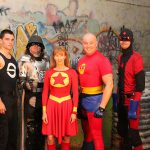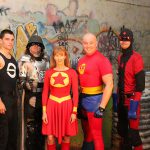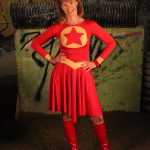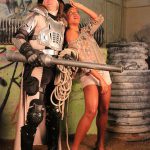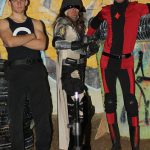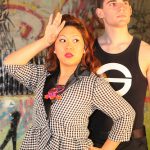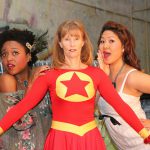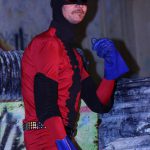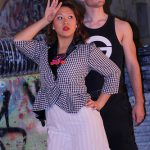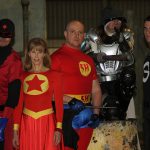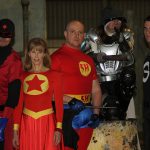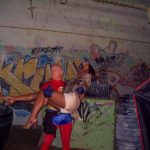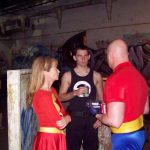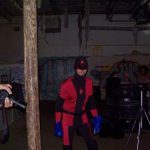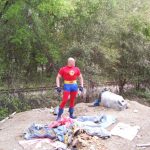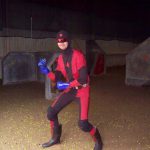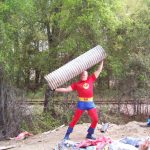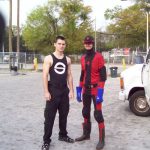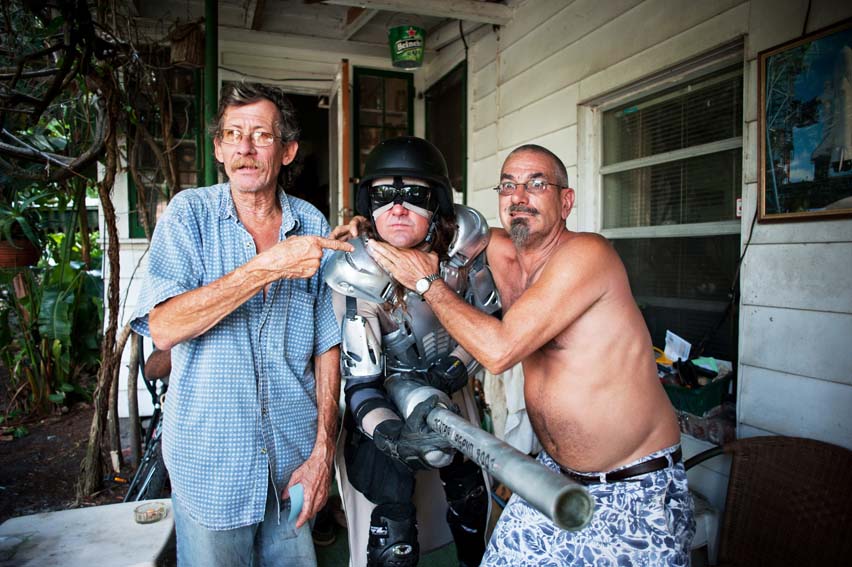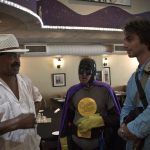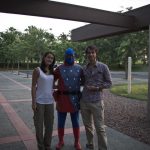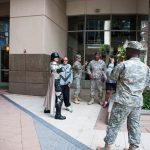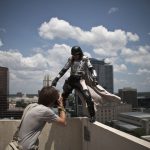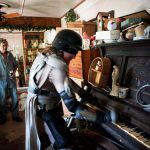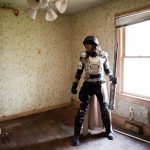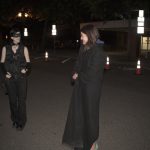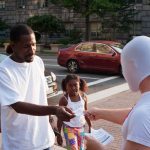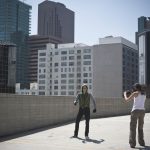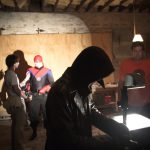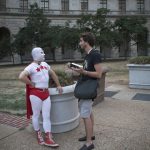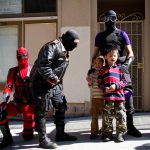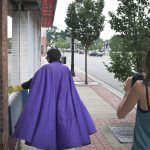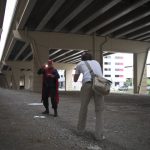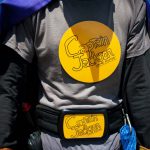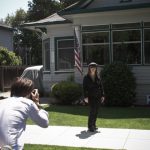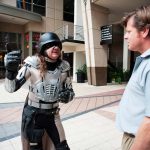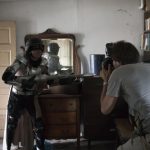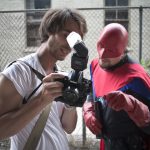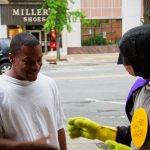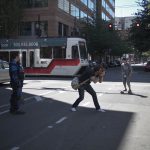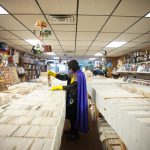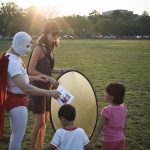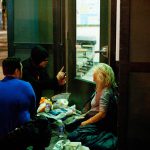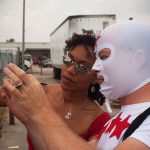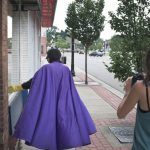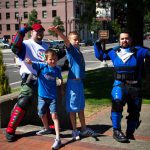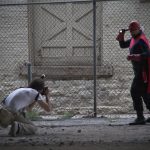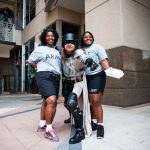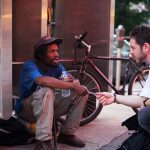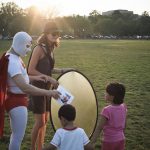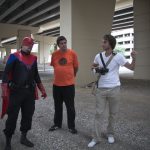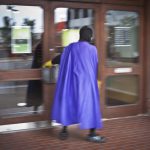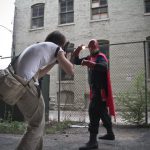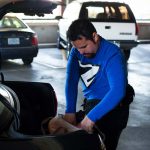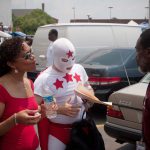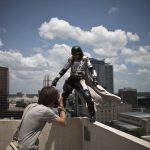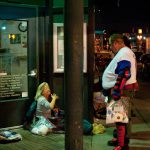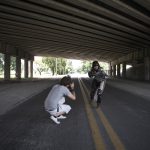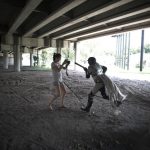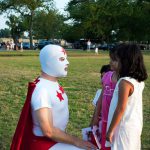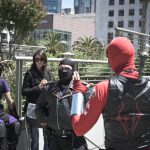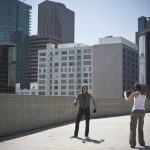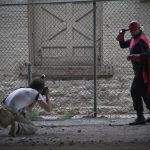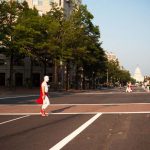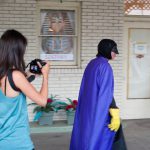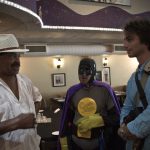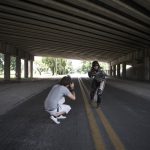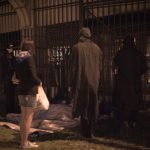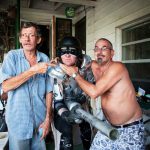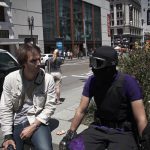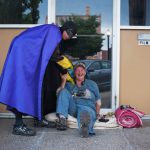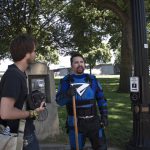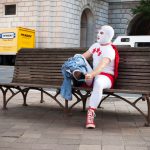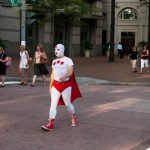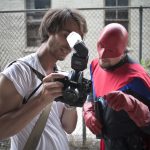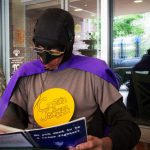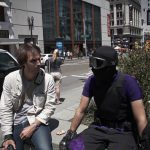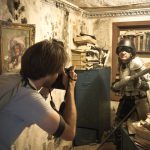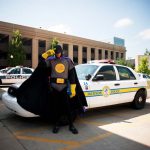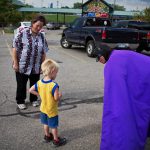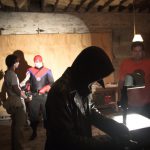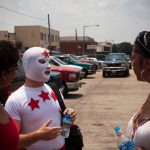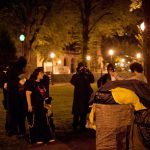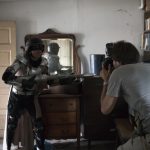Vigilantism and the Superhero
Originally posted: http://mysterio.startlogic.com/WordPress/?p=556
By Brad
As a lifelong reader of comics, I feel like an aging punk rocker, horrified at how my private subculture has been appropriated by the mainstream media. Like an indy music hipster, —dude, I heard it first on vinyl, I don’t even own a cd player— aging comic book readers like myself disdain comic book movies. I read that when I was in high school. The movie totally ruined it.
Comics have become an accepted part, if not the most accepted part, of the American entertainment landscape. Mainstream comics, particularly as depicted in movies, are always dark and gritty. But it’s important to remember that transition didn’t happen until the mid-1980s with Frank Miller’s The Dark Knight and Alan Moore’s Watchmen. Superheroes before that period, who were sometimes wanted by the law à la Spiderman, were never seen breaking the law, but were depicted as trying to uphold it as private citizens. The genius of Watchmen and the Dark Knight is that they follow the thinking process of the classic superhero with two different conclusions. I liked the Watchmen movie, but it glossed over the main point of the comic: the corrosive effects of vigilantism on a society.
I’ve discovered people who are wearing garish costumes and trying to fight crime, but without the benefit of superscience, superstrength or really anything. This is so absurd and charming that one can’t help but support these costumed crusaders. Superbarrio is my favorite of the Real Life Superheroes. It’s hard not to like this over-weight gentleman who puts on a Lucha Libre wrestling mask and has sworn to protect the poor people of Mexico.
These Real Life Superheroes hearken back to another age of comics when morality was presented in simpler terms. We can chuckle at these people and wonder if they’re doing this in earnest or as a form of cosplay. However, the sentiment of the superhero, to go beyond the rule of law and rid the streets of crime, has had expression in the Real World, that isn’t so wonderful.
Bob Kane’s Batman chose his costume and persona in an effort to frighten criminals, who he called a “superstitious and cowardly lot.” The Ku Klux Klan wore their hoods and white sheets to appear as ghosts, to frighten and terrorize Blacks. Placing burning crosses on the property of Blacks was originally an affront to the deeply Christian beliefs of rural Blacks, whose religion and spirituality was their only real possession. It was only later that cross burning was rationalized as a some kind of internal Christian ritual.
The Klan’s illegal actions were applauded and celebrated in D.W. Griffith’s The Birth of a Nation. It’s hard to imagine a film about the KKK being presented as the “good guys”, but the film was a blockbuster success. It was the Batman of its day. After his private screening at the White House, Woodrow Wilson even commented, “it is like writing history with lightning. And my only regret is that it is all so terribly true”.
At roughly the same time as the Ku Klux Klan, there was another costumed group, although this time not dedicated to racism, that decided to take the law into their own hands. On paper, the early Bald Knobbers sound like a decent bunch, similar in concept to Curtis Sliwa’s neighborhood watch group,The Guardian Angels. The Bald Knobbers were a secret society of men, who wore an odd, masked and horned costume, and were trying to uphold the peace. The Bald Knobbers were Missouri Republicans, who were loyal to the Union during the Civil War. In the lawless environment of post-war Missouri, they acted like an unaccountable police force. Unfortunately this group that was formed to protect the people of Missouri, drunk with power, applied brutality and murder not only to criminals, but those they felt who were immoral. They later attacked and murdered people for what they believed to be licentious and anti-Christian behavior.
During Woodrow Wilson’s presidency, more Americans got in on the illegal vigilante act, but this time with governmental approval. The American Protective League, which had around 300,000 members, was not a bunch of costumed crusaders, but a large snitch group, dedicated to disrupting Unions, Wobblies, anarchists, anti-war advocates, and other undesirables. These characters opened private mail, broke into people’s houses, riffling through desks and drawers and found 3 million cases of “disloyalty.” There was even a kid-friendly junior version with the Our Gang title, Anti Yellow Dog League.
I thought of these things after watching the recent Batman movie. It does have an explicit desire to go beyond the perceived limits of law. Bruce Wayne uses technology to spy on every single person in Gotham city. He knows it’s illegal and unethical — it’s clearly an unreasonable search and seizure — but does it anyway. The ends justify the means. Many people saw a connection between the Patriot Act and other erosion of civil liberties with the viewpoint of Batman. When the Soviets had a massive domestic spying network, complimented by legions of snitches, they probably thought they were doing the right thing too.
The graffiti in The Watchmen comic reads, “Who Watches the Watchmen?” Something to think about in these times.
